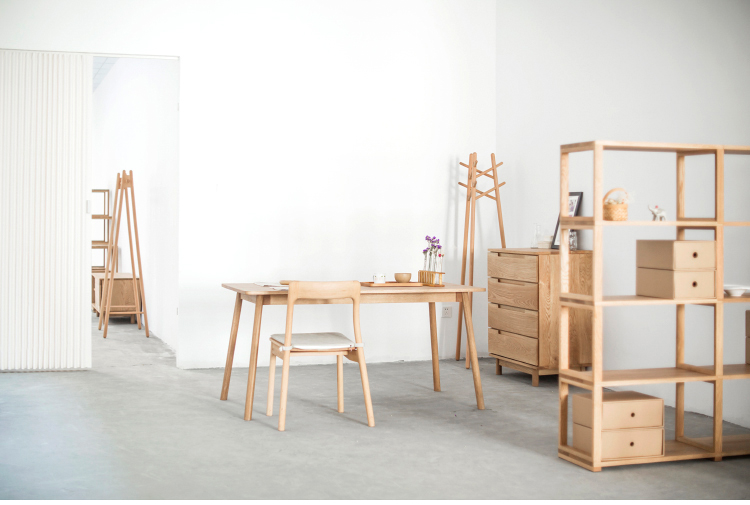For the printing industry, the application of ink is indispensable. So how do you choose a good ink? We talk about the following aspects: There are a wide variety of inks today and their internal structure is not as simple as what we see. The three basic ingredients in the ink are the pigments, the color development agent and the additives, but the choice of these three categories determines its use, such as decoration or protection. Each ink in the ink will give different characteristics of the ink, and they can be divided into three major characteristics, job characteristics, optical properties and use characteristics. Job characteristics refer to characteristics produced when the ink is run on a printing press, such as fineness, viscosity, stickiness, emulsification, and drying time. Viscosity: It is a force that stops flow, and it has an important relationship with temperature. Adhesion: It is a force that resists separation from each other and also affects the overprinting effect of ink. Emulsification: The reaction that occurs as the ink comes into contact with the grout. Drying time: Drying faster and slower will affect the production efficiency, such as whether the process can be performed beforehand or not. Lightfastness: refers to the ability of a pigment or ink film to retain its initial color when illuminated on a day-to-day basis. Wear resistance: refers to the extent to which the print is subjected to wear during a certain mechanical movement. Because the ingredients of different brand inks are different, their characteristics will not be exactly the same; but often the real ink ingredients are considered more confidential, so we can only compare the characteristics of the ink. Excerpted from the electronic publication No.9
Our wooden furniture offer high quality Workmanship utilizing sourced Solid North American and Germany Hardwoods. Our woods of choice are Solid white Oak, Solid beech, Solid Maple, Solid Black Walnut, and so on.
Beech wood has biggest hardwood share in European forests and is most widely used hardwood for furniture and small wood products. Beech Wood Furniture is a popular choice for many kinds of chairs, tables, and other indoor or outdoor furnishings. This kind of furniture has its own advantages over items made from other materials. Here are some of the reasons why beech furniture is so attractive to buyers and is commonly produced by manufacturers.
1. An Elegant Look
2. Easily Worked Wood
3. Clean Wood Presentation
4. Durability
5. Maintenance
In simple terms, the ink is a pigment colloidal system that is dispersed in a solvent medium. The pigments may be colored or have no color. The solvent may be aqueous or organic. In addition, they also have many other materials, such as pH modifiers to maintain a suitable hydrogen ion level; humectants to slow down premature drying times; resins give bonding characteristics, Antifoaming agents are used to regulate the formation of bubbles, wetting agents to control wetting ability, and some substances to prevent the growth of bacteria.
In the production process of ink, in fact, it includes a lot of chemical principles; among them, colloids and surface finishes play an important role. In the manufacturing process of the ink, the pigment dispersion process is an important item. In the dispersion process, pigments such as titanium and silicon do not require much energy; however, the energy requirements of organic colored pigments are greatly increased. Because the size of the pigment particles has a major relationship to the color performance; it is therefore necessary to grind the pigment particles to a suitable fineness. Because these organic colored pigments often have a tendency to cohere, more energy is added to their manufacturing process, so that their basic particles can reach the micron level. In the general ink milling process, it is necessary to rely on suitable dispersants and mechanical suitability to achieve stable dispersion.
The size, shape, size distribution and surface area of ​​the pigment particles all have a significant relationship to the stability of the ink dispersion process. The pigment particle size has a direct relationship to the color strength and is also an important factor in determining the color performance of the pigment. The color strength and opacity of inks depend on the size of the pigment particles. When the pigment particle size is reduced, the color intensity increases rapidly, and the apex of the opacity is about 0.3 microns. Therefore, the distribution of the particle size of the pigment can also indicate a situation where the dispersion does not transmit light. Since this feature depends on the ability of particles to scatter light, it requires a certain difference between the refractive index of the particles and the dispersion medium. Overall, fine particles can give better gloss and transparency.
Optical properties refer to the opacity, color strength, gloss, etc. of the ink.
The use of characteristics refers to the degree of wear, light, heat and acid and alkali resistance.
Fineness: It is mainly used to measure the degree of grinding and dispersion of the pigment and the developing agent in the ink, and has a close relationship with the flow properties of the ink.
JUNHUA FURNITURE is some of the industry's next experienced team of woodworking machinery experts, skilled furniture craftsmen and interior designers. we are able to quickly catch client requirements from different furniture market and provide a easy communicating and hassle free service. Quality Control has deeply rooted into our company culture.
Our mission is to bring the better quality, better service and very nice competitive products and prompt delivery for the consumers; it is a power source of JUNHUA staff forever.

Beech Wood Furniture
Beech Wood Furniture,Beech Wood Bed,Beech Solid Wood Chests,Beech Solid Wood Sofa
Changzhou Junhua Furniture CO.,LTD , http://www.blackstone-furniture.com